Metal Gear Solid Delta: Snake Eater – What the Remake Gets Right

Few games in the stealth genre carry the weight of Metal Gear Solid 3: Snake Eater. It’s remembered not just as a technical achievement for its time, but also as one of Hideo Kojima’s strongest stories — a Cold War tale of loyalty, betrayal, and the rise of Naked Snake, the soldier who would later become Big Boss. With Metal Gear Solid Delta: Snake Eater, Konami isn’t trying to reinvent the formula. The goal is to rebuild a classic with today’s technology while preserving the heart of the original. Metal Gear Solid Delta: Snake Eater will be released on PlayStation 5, Xbox X|S, and PC (via Steam) on August 28, 2025
After looking closely at what’s been revealed so far, it’s clear that Konami is walking a careful line. Some choices modernize the experience, others keep it firmly rooted in the past. The result looks like a remake that respects its legacy while still justifying its place in a new generation.
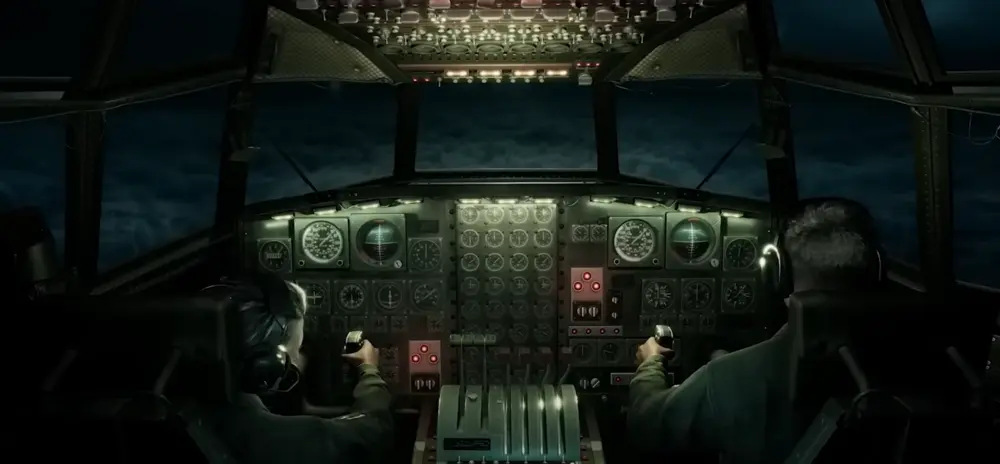
Unreal Engine 5, Without the Stumbles
Unreal Engine 5, Without the Stumbles
There was reason to be cautious when Konami announced that Delta would run on Unreal Engine 5. Several games have shown how demanding the engine can be, especially for projects not designed with it in mind. Fortunately, early previews suggest Snake Eater runs smoothly. The frame rates are steady, the visuals are striking, and the jungle setting — always central to the experience — has never looked more alive.
It’s an important foundation. For a remake that leans so heavily on atmosphere, technical performance has to keep up, and it seems Konami has delivered.

A World That Still Rewards Patience
The level design remains faithful. The dense foliage, hidden paths, and the constant pressure to blend into the environment are still here, now rebuilt with more detail. That decision makes sense. Snake Eater’s identity was never about open worlds or fast traversal. It was about treating the environment as an ally — a system to manipulate, hide in, and exploit.
That said, not everything has been modernized. Loading screens remain part of the structure. In an age where seamless transitions are common, it feels dated. But it also reinforces that this is a remake, not a reimagining. Konami seems more interested in authenticity than rewriting history.
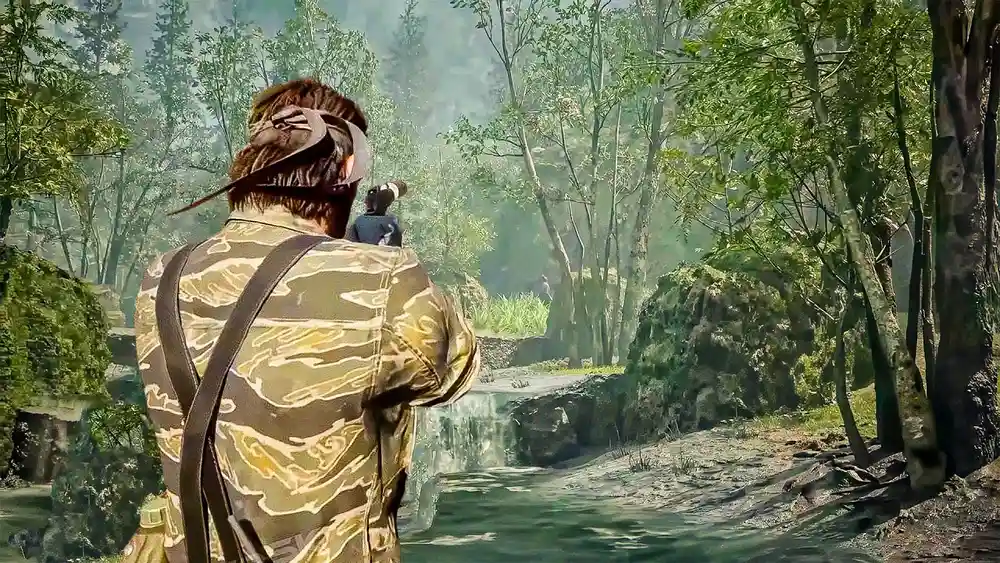
Gameplay That Keeps Its Edge
The absence of fast running is one of the clearest examples of that approach. Unlike Metal Gear Solid V, which encouraged mobility in a broad open world, Snake Eater’s design was built on caution and timing. Sprinting would undercut the high-stakes tension the game is known for. By holding back, Konami keeps the tone of the original intact.
On the flip side, enemies have been made tougher. With smoother controls and a third-person camera giving players more situational awareness, the AI needed to step up. Previews suggest enemies are more alert and less forgiving, which should maintain the balance between player freedom and risk.

Tools, Weapons, and Disguises
Part of Snake Eater’s charm has always been its wide toolkit, and Delta brings that back in full. Gadgets like the motion detector, sonar, and AP sensor are just as versatile as before, giving players multiple ways to approach encounters. Weapons, both lethal and non-lethal, remain a core part of the experience. The MK22 tranquilizer pistol is still a fan favorite, and options like chaff grenades add depth without forcing players into one style of play.
The camouflage and disguise mechanics also return. They were a highlight in 2004, and they still stand out today. Whether it’s blending into the jungle with the right camo pattern or slipping on a scientist’s uniform to pass unnoticed, these systems push players to think creatively instead of relying only on firepower.

Presentation That Fits the Story
The story itself hasn’t changed — this is still the same narrative that defined Snake Eater’s place in the series. What has changed is how it’s presented. Facial animations and lip-syncing have been significantly improved. In the original, dialogue sometimes struggled to match the emotional weight of the script. Here, performances land with more impact.
Accessibility has also been expanded. With support for 11 subtitle languages, the remake makes Snake Eater easier to experience for a global audience. For a story so deeply tied to character and dialogue, that’s a smart update.

Beyond the Campaign
The main campaign is expected to take around 15 hours for a straightforward run, stretching closer to 25 hours for players who chase every hidden detail. Like the original, it’s linear, but there’s plenty tucked into its corners — secret boss strategies, clever references, and small details that reward curiosity.
Konami is also adding something entirely new: Fox Hunt, an online multiplayer mode built around stealth and survival. It won’t be available at launch, with a planned release in fall 2025. Delaying it suggests Konami wants to polish the mode properly before release. If done well, it could give Snake Eater a kind of replay value the series hasn’t had before.

A Remake That Chooses Respect Over Reinvention
What’s most striking about Metal Gear Solid Delta is the restraint. Konami isn’t chasing trends or trying to force an open-world structure onto Snake Eater. Instead, it’s keeping the experience tight, tense, and familiar, while upgrading the parts that matter most — visuals, AI, and immersion.
It would have been easy to overshoot, to layer new systems over a game that already worked. Instead, this remake feels like it understands its role. It’s not here to replace the original, but to translate it for modern players without losing its identity.
For veterans, that’s a chance to revisit one of the series’ best entries in a form that feels polished rather than altered. For newcomers, it may be the best way yet to understand why Snake Eater is still considered one of the high points of stealth gaming.
Check out the official trailer:


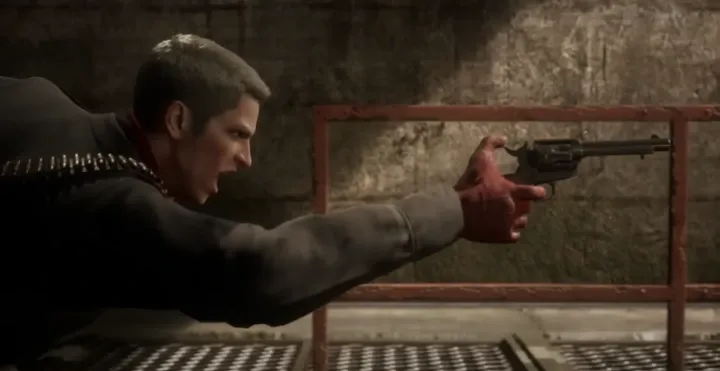
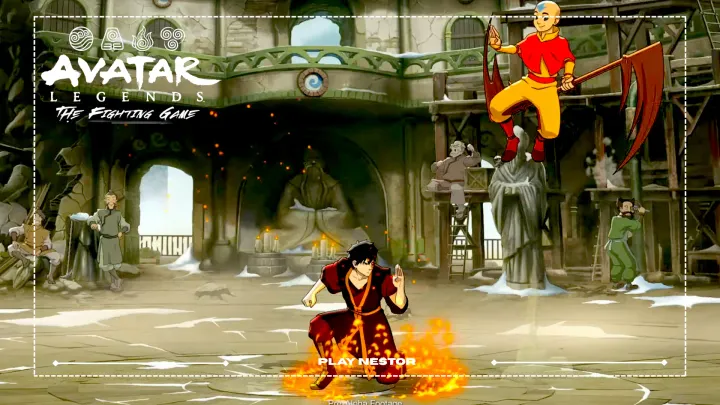
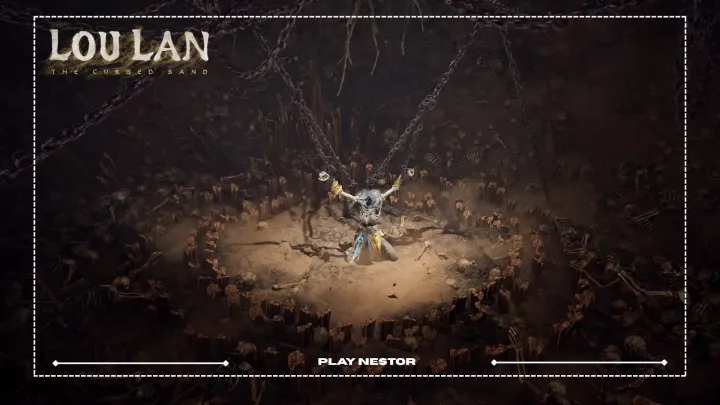

Comments ()